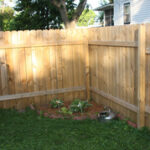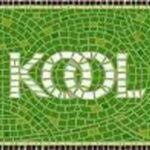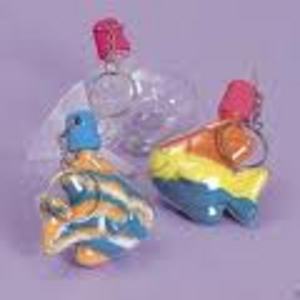Reading comprehension is such an important area. Most people find that this is where their main area of difficulty in reading occurs. Some of us get lost at the very beginning, or before. Some of us get lost during, and some have a hard time bringing it all together or what we would call post reading. Listed are some strategies to help in each area. These can be used at home, with your school aged children or in any area where you may be helping people to read or gather information they might need.
Pre-Reading Strategies
In order to help reader gather information before an assignment, the following can be used.
1) Predicting. From the title and the pictures, what would one expect the article or book to be about?
2) Skimming. Read just the first few paragraphs and read over the headings. This will give the reader an excellent idea of what he will be reading about.
3) Read titles and section headings. This seems simple, but works to put one in the mindset of the article
4) Identify what prior knowledge one might have. If you are reading about motorcycles and belong to a motorcycle club, you are ahead of the game. If not, you might have more problems with this article.
5) Learn important vocabulary words. I always have my students look in the margins, or look for boldfaced words that might be vocabulary words. They should look these up, so they are familiar with them.
During Reading Strategies
In order to help a reader during the actual reading process, the following can be used.
1) Re reading. If a paragraph or area is especially hard to comprehend, re read the paragraph again.
2) Questioning. This is a skill taught to students. The student can stop every paragraph or every few paragraphs and ask himself important question, such as what was the author’s main point. This seems to help comprehension during reading.
3) Constructing mental pictures. Some people are not very visual, so this will only work if you are a visual learner. But making a visual connection helps people who are visual learners.
4) Identifying unknown vocabulary words that might have been missed. Again, it is important to have a dictionary nearby.
5) Summarize what you have read so far. Stop every little bit and say to yourself, this is what I have read to this point. This breaks it down into parts, especially if it is a long article or assignment.
After Reading Strategies
1) Discuss with classmates or others what information you gained during reading. Not all people get the same information, so this can be important in pulling together an actual picture of what is read.
2) Revisit key points in the story. In other words, summarize what was read. YOu can do this either verbally or through taking notes.
3) Answer questions at the end of the article, if there aren’t any questions, you can create your own. But make sure they are relevant.
4) Return to your original predictions before you read. Were they correct? If not so, why not?
5) Use graphic organizers to help collect thoughts. There are handouts the teacher can give to collect thoughts, such as the much known Venn Diagram. If the person is a visual learner, the graphic organizers help to put thoughts in order. If you don’t know what a graphic organizer is, you might want to search for it on the internet. There are a number of different kinds, and explaining it in detail here is another article.
Hopefully, these strategies will help increase reading comprehension, whether for your own child or yourself. I have used them in my classroom on many occasions and can verify that they work. Even if you homeschool your child, you can try these same strategies at home. After all, reading is the building block of all education.
Reference:
- Experience Teaching.







